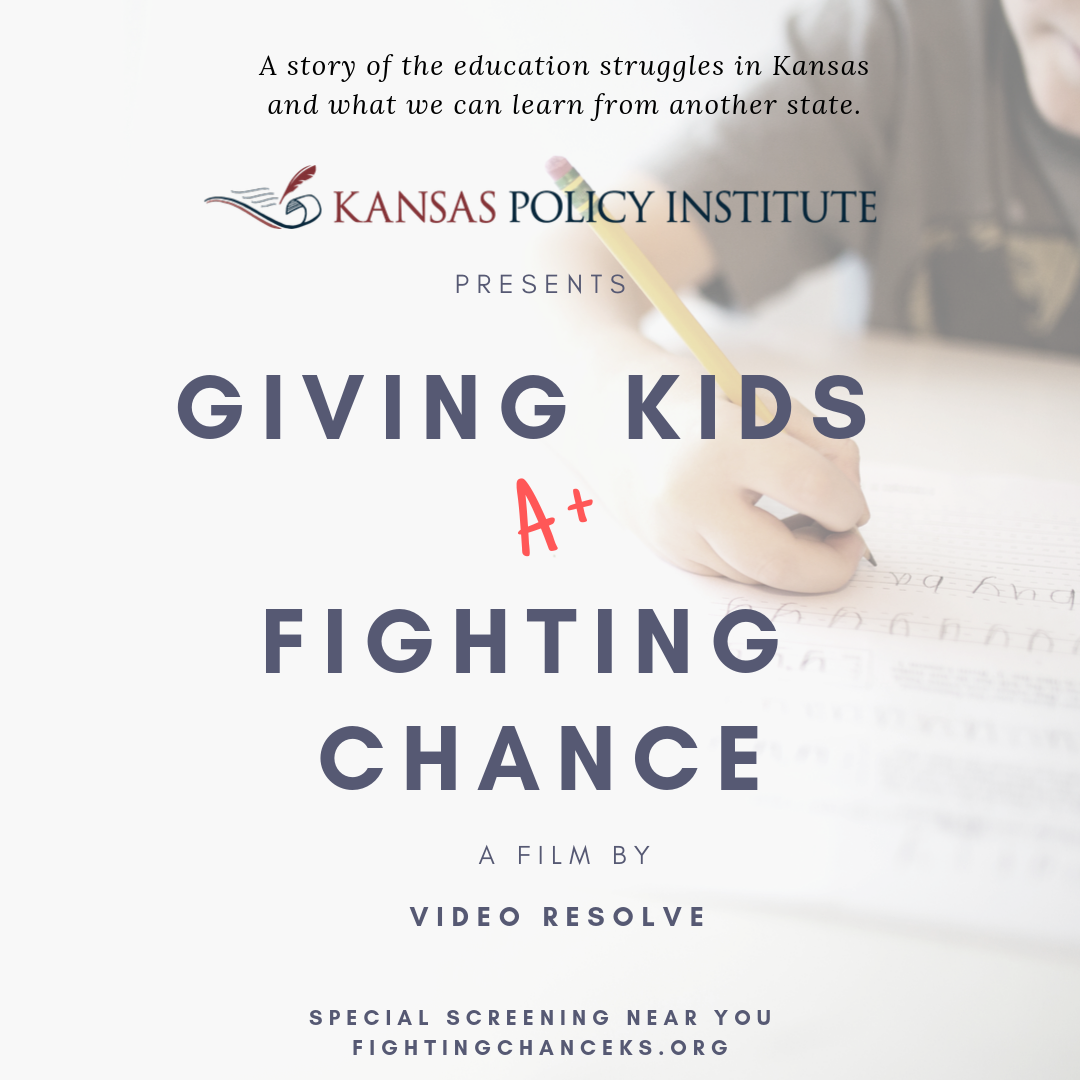Jesse Levin, a researcher at the American Institutes for Research, told legislators on Thursday that an education study they commissioned is “a very, very good study.”
“It was fairly cutting edge and done very well,” he told a committee of lawmakers. His peer review validated the methods used in a recent Kansas school spending study conducted by Lori Taylor, a Texas A&M economist.
Levin said her finding that K-12 education can be improved by funneling more money to schools is valid. However, he cautioned that spending more won’t guarantee improvements in student achievement.
“If money is spent wisely, we’re much closer to a guarantee,” he said.

According to Taylor’s research, lawmakers need to add between $1.7 and $2 billion in new school spending in a quest to reach a statewide graduation rate of 95 percent.
“My gut tells me it would be very difficult to see the numbers move as suggested in the study,” Rep. Clay Aurand, a Belleville Republican, told Levin during the peer review presentation.
The Kansas Supreme Court mandated lawmakers develop a new school funding mechanism by April 30. Legislators are struggling to determine how much funding will be necessary to improve student outcomes and to achieve Court approval. On Wednesday, a House committee forwarded a proposal to add $500 million in new funding to public schools over the next five years.
Though Levin concluded increasing spending would likely improve outcomes, he told lawmakers he did have some concerns about Taylor’s research. He noted that some portions of the research aren’t well-documented. He also said he has concerns related to how Taylor’s study treated economies of scale.
For smaller and medium-sized districts, Levin said the research model worked well, but for bigger districts, the study produced unusual, large funding adjustments–even for wealthier districts. Levin theorized the uncharacteristic findings are due to how enrollment was specified in the researcher’s model.
He questioned about a study recommendation to hold districts harmless — or not lower funding beyond current levels for districts that are receiving more funds than necessary, according to the study, to meet goals.
“There are some districts spending more money than they need to,” Levin said. He cautioned against eliminating funding to those districts immediately, recommending instead that lawmakers phase-in cuts to some districts.
“You want to them to have a smooth transition,” he said.
Holding districts harmless indefinitely, or subsidizing them, as he put it, uses money that could be going to help districts that need it. The practice also undermines equity.
The Kansas Supreme Court’s most recent school funding opinion mandates lawmakers craft a formula that is equitable and one that reasonably calculates the dollars necessary to provide an adequate education.
Levin reminded lawmakers that the last three Kansas school funding studies suggested more money in the system would improve academic results.
“Is it fair to say if we want to improve outcomes, we need to invest more resources?” Rep. Melissa Rooker, a Fairway Republican, asked. Levin responded yes.
Aurand wondered about a point of diminishing returns, comparing school funding to fertilizer. He said the first 100 or 200 pounds of fertilizer do the trick.
“Once you get to 400 pounds, you’re not doing anything,” he told the researcher.
Levin recommended lawmakers include accountability in inputs to the financing formula and outputs in order to get results. He stopped short of saying what those should be, after he was pressed by Sen. Barbara Bollier, a Mission Republican.
“It’s very difficult to say that everything is under the control of school practitioners or district practitioners. Your question is getting to what can you hold them accountable for,” Levin said. “That is a very difficult question.”


